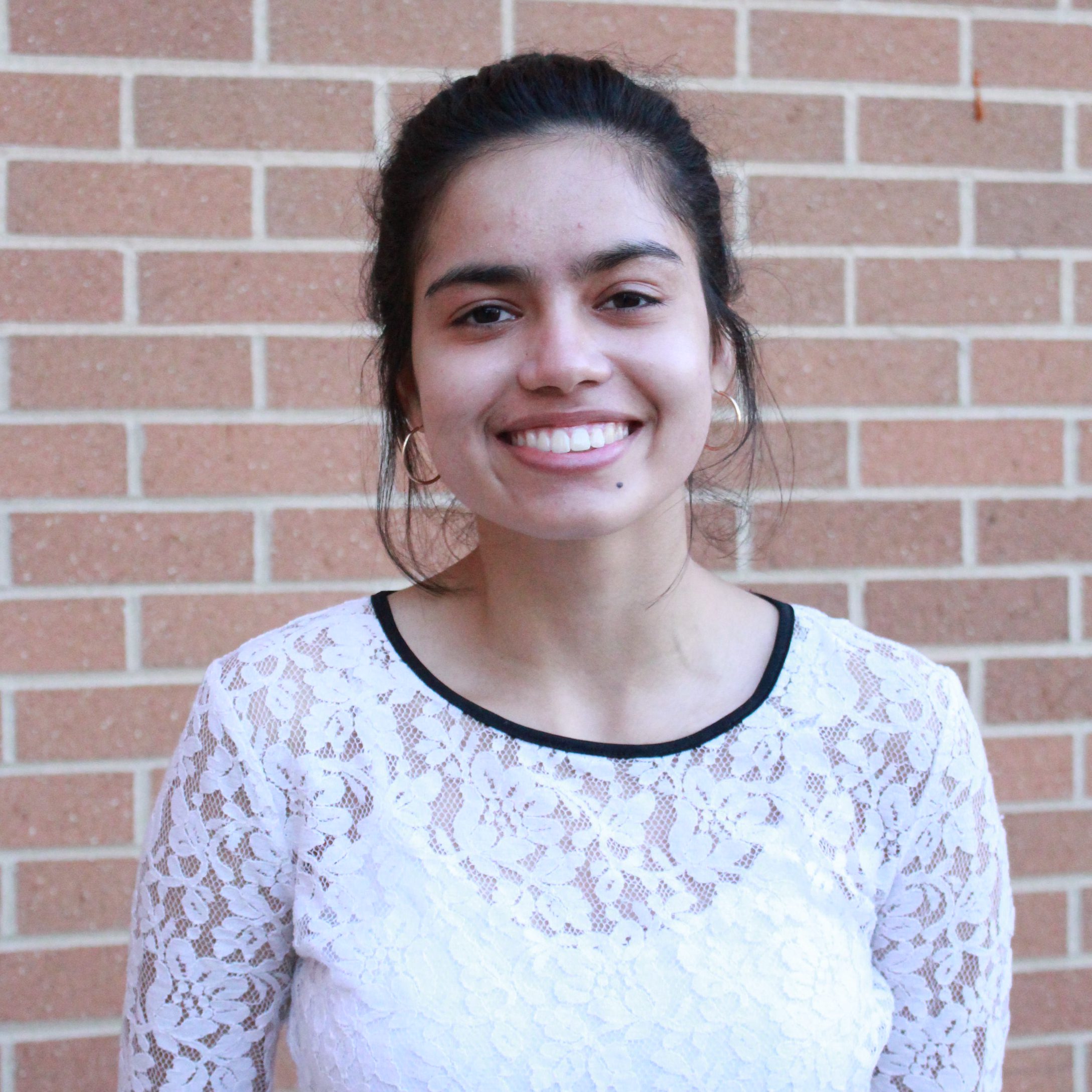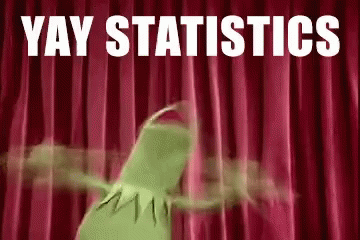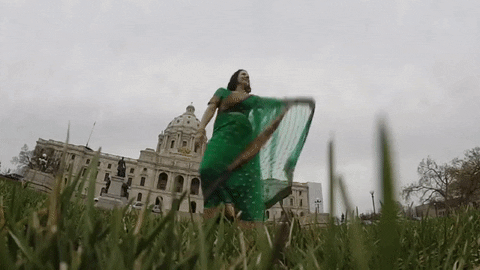Saree not Sorry!

Shrijana is a Student Staff Member at the Women’s Center. She is a co-facilitator of Women of Color Coalition and co-leading the Telling Our Stories Project.
Before starting my statistics class this semester, I was feeling apprehensive due to the fact that I’ve never taken a statistics course before, not even in high school like most students do. However, today, I can say that I thoroughly enjoy my statistics class (nerd alert!). The numbers make sense to me, the formulas light up a bulb in my brain. As an Economics major, I am fascinated by how economists use statistics. But the factor that makes STAT 351 an influential course for me goes beyond the content of the class. This influence is embodied by my STAT 351 professor, Dr. Nandita Dasgupta.
She is an Indian woman, who comes into class every day wearing a silk or cotton saree, a traditional article of clothing typically worn by South Asian women.

The first day I saw her attire, I was shocked; my jaw dropped to the floor. I have never witnessed a person of color, teacher or professor, show up to class in traditional cultural wear in all my years of schooling in the American educational system. I was so moved by what seemed normal to her.
Growing up, I was ashamed to share my background of being Nepalese because I felt like I stood out in a negative way as an outcast. I just wanted to be accepted, and I was too afraid to truly be myself. When I was little, I was so anxious and embarrassed to walk around in public in the United States with my grandmother because she would be wearing a saree. I would think: will people criticize, are they staring at me, are they being racist in their minds, am I seen as weird? But seeing Dr. Dasgupta has inspired me, she was there to teach statistics, her race and gender did not matter.

Upon this realization, I became sorrowful for my grandmother because she was not given the same educational opportunities as I was. My grandmother was married at the age of sixteen and become a stay at home mom in Nepal. If she was presented with the same academic opportunities as me, I am sure she would have been a very successful woman, possibly a professor like Dr. Dasgupta.
STAT 351 has proven two points to me: math is an intriguing subject and all girls and women should have the right to an education.
After seeing Dr. Dasgupta in an empowering light and reading about her work as an economist and statistician (and to ask her permission to publish this blog), I met with her to get to know her more and explore my own identity.
On a warm, bright Thursday afternoon, we sat outside the RAC at the black tables. Dr. Dasgupta started off the conversation by asking me, “What does Shrijana mean?” And I told her, “Creation.”

Smiling, she replied, “Good. Most people are not even aware what their name symbolizes.” From there, our personal connection was set and the conversation kicked off.
What does the saree symbolize for you?
The saree is a part of me. I have grown up with the saree and have been inseparable from it. I have never worn anything else before. I would love to wear something else; but, somehow, I feel like my personality would be compromised.
Have you had others comment about your saree before? What was it like?
No. No one has made a bad comment. If they have commented, it was always good, never a derogatory comment.
What made you want to pursue economics/statistics? What do you like most about it?
In high school, I took economics and I loved it. I also loved math; therefore, using math was my priority. Economics and math combined really well. Growing up, English was also my favorite subject, I wanted to be an English major. But, my mother who was also a professor influenced me to pursue economics. She said that it was a more economically sound field.
If you feel comfortable sharing, have you experienced any racism or sexism in the academic world?
No. To my knowledge, I have not felt any sort of discrimination. I do not know why I have not felt it, I like to believe that people are good, kind, and open.
What advice would you give young women of color out there? What about women of color economists/mathematicians?
First of all, I do not look at women of color differently from non-color or Caucasian women.
I do not like the idea of one gender being inferior or superior. I am a human being and I look at everyone else as human beings too. I do not believe in any sort of bias or question of bias. I want individuals to be their best selves. But, there must be some bias somewhere, because we still have gender inequality. To everyone and women of color, I would say have dignity, integrity, honesty, and perseverance. Be proud of your culture, embrace the world and try to develop the world. Women are not an end; they are the means to an end. At the end of the day, be a good human being.
After meeting with Dr. Dasgupta, I felt empowered in my confidence as a woman. My conversation with her served as reassurance that I am enough in my abilities and skills. Talking to her also reminded me that I should not run away from my culture, but embrace it with pride. I went to talk to her about her choice of an article of clothing, but I walked away with wisdom about life.
Check out these resources to learn more about the topics that were covered in the blog:
Posted: April 2, 2019, 10:21 AM